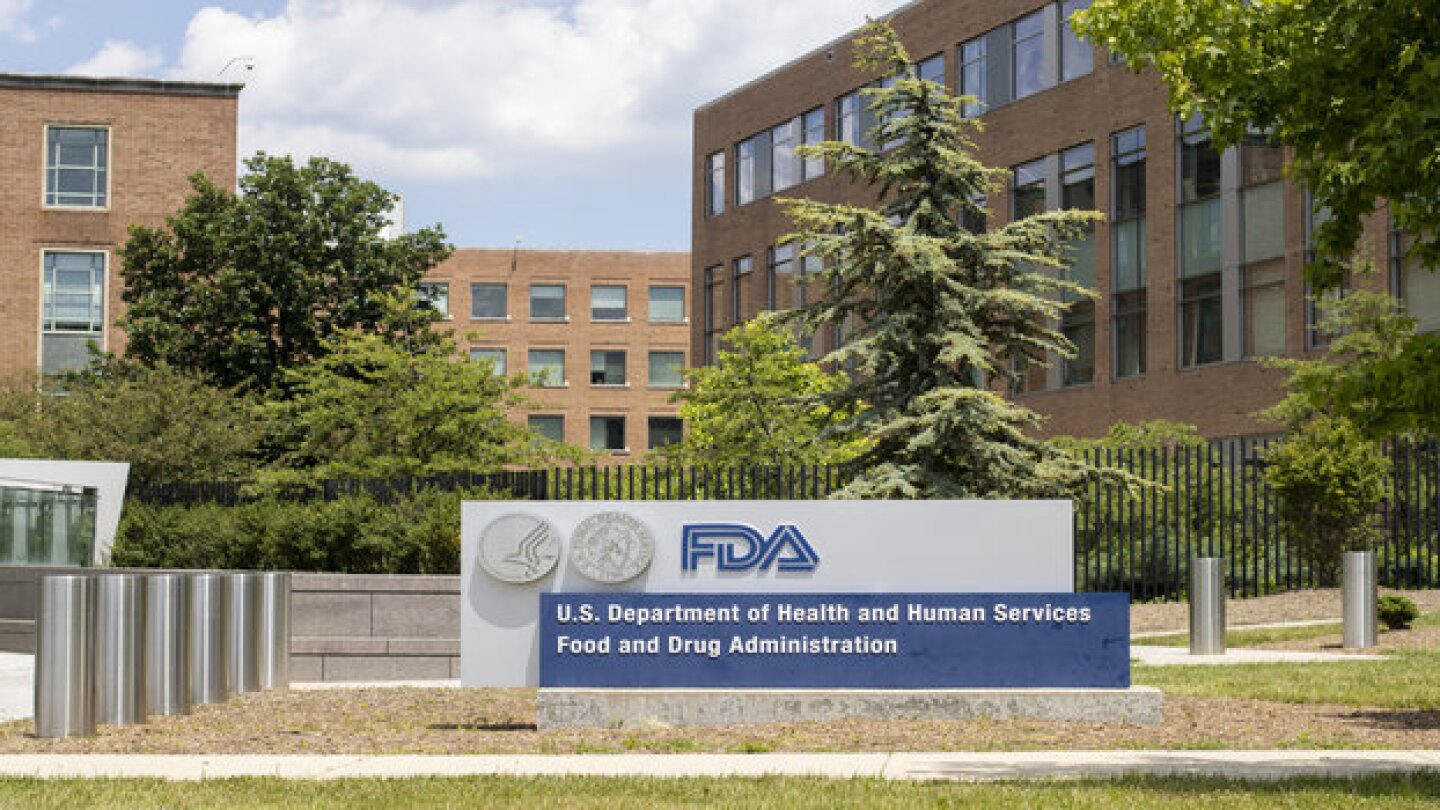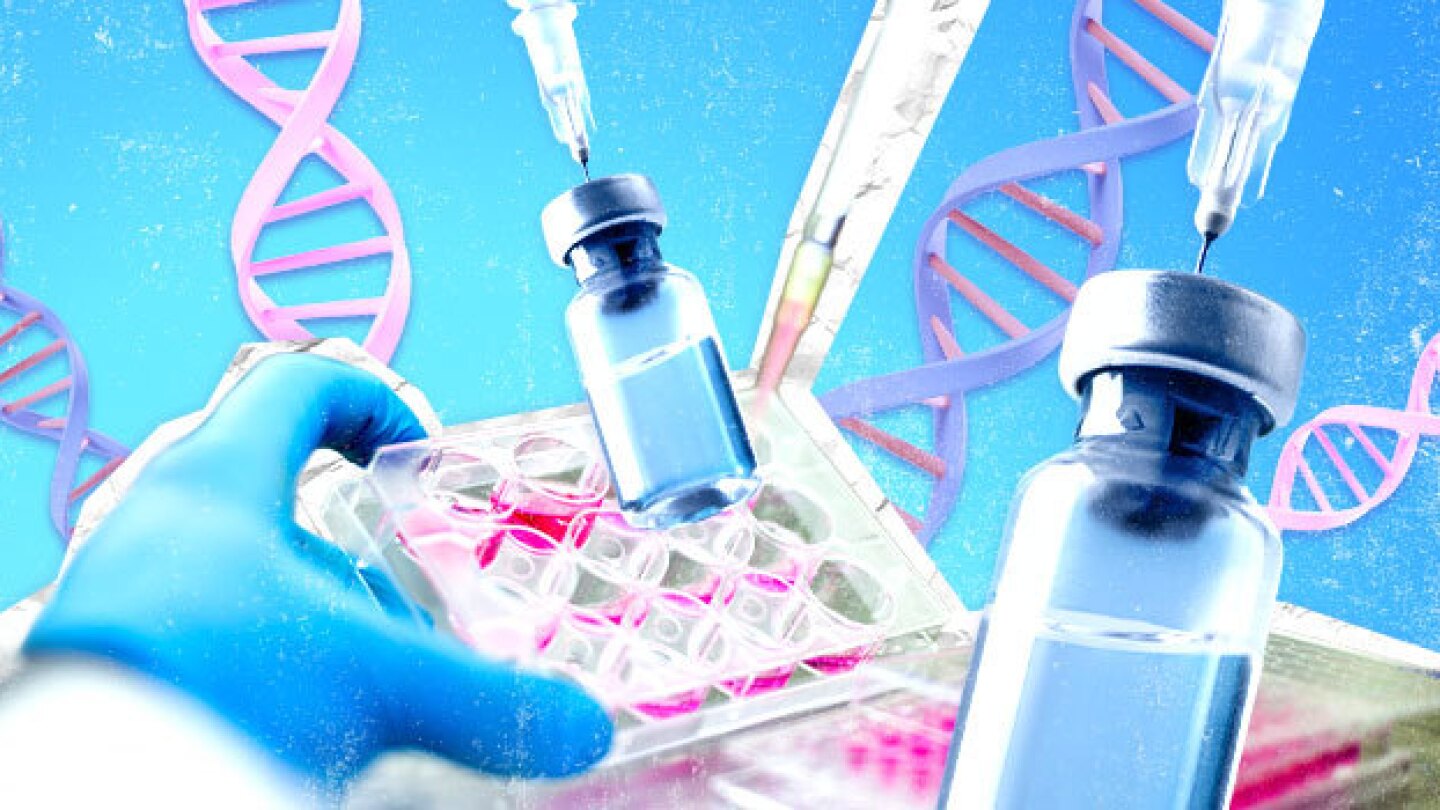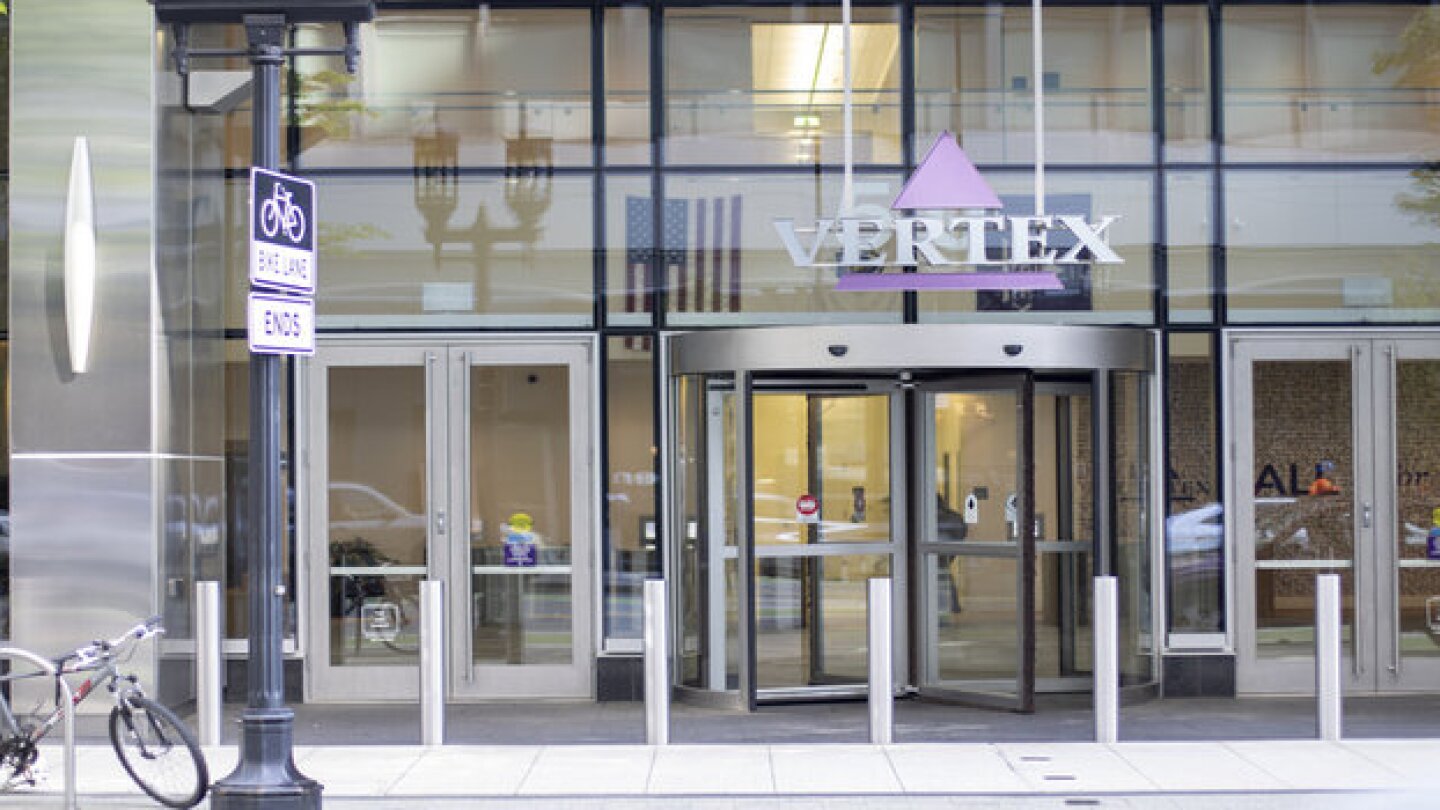Rare diseases
The FDA has followed in the footsteps of its European counterparts and granted accelerated approval to PTC Therapeutics’ gene therapy Kebilidi for AADC deficiency. It is the first approved gene therapy to be delivered directly to the brain.
Analysts did not seem very concerned by the treatment-related serious adverse event, noting that NGN-401 was well-tolerated at a lower dose and showed promising efficacy outcomes.
Driven by copycat versions of Bristol Myers Squibb’s Revlimid and Novo Nordisk’s Victoza, Teva’s generics business was again a top-performer in the third quarter, with U.S. sales growing 30% and bringing in $1.1 billion in sales.
BEAM-101 seems to be competitive with approved sickle cell treatments, William Blair analysts said in a note to investors, but a patient death underscores the need for less-toxic preconditioning treatments.
Coming off of a strong third quarter, Vertex Pharmaceuticals is nearing several important milestones, including the potential approvals of vanzacaftor triple in cystic fibrosis and the non-opioid therapy suzetrigine in pain—both slated for January 2025.
The biotech beat Wall Street’s third-quarter revenue forecast by 6%, driven by increased uptake of its achondroplasia drug Voxzogo. However, William Blair downgraded BioMarin’s shares to market perform due to a “lack of near-term catalysts” and uncertainty around Voxzogo’s potential revenue growth.
Vertex may have pivoted away from the space, but candidates in development by Arrowhead/Takeda, Wave, Korro and others could address the damage underlying alpha-1 antitrypsin deficiency and make today’s treatments a thing of the past.
Jefferies analyst Maury Raycroft said in a note to investors that Thursday’s mid-stage readout pointed to the “unprecedented” complete response rate of Intellia’s investigational in vivo gene editing therapy in the disorder.
The regulator agreed to allow Sangamo Therapeutics to use data to seek accelerated approval for its Fabry gene therapy candidate, eliminating the need for an additional registrational study and potentially shortening the time-to-market by three years.
The regulator cited deficiencies at a third-party manufacturing facility. Camurus is seeking approval for its extended-release subcutaneous formulation of octreotide, which would allow more convenient once-monthly dosing for patients with acromegaly.
PRESS RELEASES









